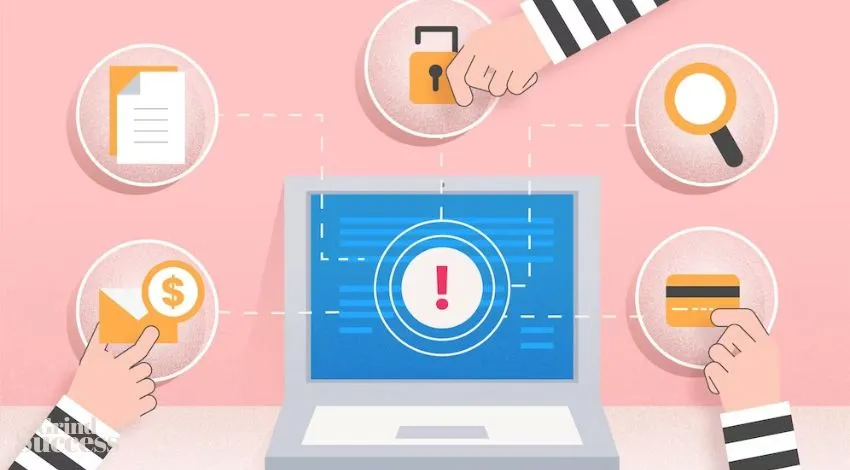Ecommerce Fraud Prevention Software: Is the Investment Worth it?

The prevalence of online transactions has increased the risk of fraudulent activity in today’s interconnected world. Online fraud is a growing problem because scammers are always coming up with new ways to take advantage of loopholes in various systems.
That’s where software for ecommerce fraud prevention comes in. It equips companies with the safeguards necessary to prevent fraudulent actions.
But how much does it actually cost to get this kind of software? This blog will discuss what companies should look for and what factors determine the price of ecommerce fraud prevention software.
What Affects the Price of Ecommerce Fraud Prevention Software
1. The Company’s Size
It’s possible that smaller companies’ wants and means aren’t the same as those of bigger ones. For instance, a smaller company with fewer transactions and a smaller budget may only need a simple fraud prevention solution, while a larger company with more transactions and a greater budget may need something more complex.
2. Feature Requirements
It’s possible that some companies will simply need the most fundamental capabilities, like address verification, while others will need more advanced ones, like machine learning algorithms or device fingerprinting.
In most cases, the price of software increases in proportion to the number of advanced features it boasts.
3. Vendor Selection
A variety of pricing options, including a fixed rate, a percentage of sales, and a per-transaction fee, are made available by various suppliers.
Price can also be affected by the vendor’s status and track record; well-known companies typically command higher rates for their products.
4. Flat rate vs percentage of sales vs per-transaction fee
As stated previously, ecommerce fraud prevention software vendors can offer a variety of pricing structures.
Businesses that do a lot of transactions would be better off paying a flat rate, while smaller enterprises might do better with a percentage of sales.
For firms with low transaction volumes or transaction frequency, a per-transaction charge structure may be the best option.
Upfront Expenses of Ecommerce Fraud Prevention Software
1. Software license fees
There is typically a one-time or recurring fee for using e-commerce fraud prevention software in the form of a software license fee. The price of a license may change depending on the business’s size, the software’s capabilities, and the provider.
2. Implementation and integration costs
Setting up the software and connecting it with current systems might add to the total cost of installing ecommerce fraud protection software.
A consultant or IT team may be hired to assist with the installation and integration process, and their fees may be included here.
3. Training costs
Employees may need to be trained on how to operate the anti-fraud software for online stores, which could incur additional expenditures. The expense of any vendor-provided services, such as training or additional resources, can fall under this category.
4. Customization costs
It’s possible that some companies will need the ecommerce fraud prevention software to be modified so that it works for them.
Some examples of software customization are making the program compatible with a wider range of hardware and adding new functionality. The final price tag for a customization project may change depending on its degree of complexity.
Ongoing Costs of Ecommerce Fraud Prevention Software
1. Subscription fees
There is typically a monthly or annual membership fee to use most e-commerce fraud protection software. The monthly cost of a subscription might change depending on the company’s needs, the software’s capabilities, and the provider. Typically, subscription costs are assessed on a yearly or monthly basis.
2. Transaction fees
Sometimes, ecommerce fraud protection software suppliers will impose a transaction fee on top of the monthly subscription fee.
It is possible for the transaction charge to change depending on the vendor as well as the total amount of the transaction.
3. Maintenance and support costs
Updating the software, getting help with technical issues, and getting technical support are all things that might add up to these costs. The price of maintenance and assistance may change depending on who provides it and how often.
E-Commerce Fraud Prevention Software: What To Look For In A Provider
1. Proven Track Record
When selecting an ecommerce fraud prevention software vendor, it is crucial to take into account the vendor’s level of experience and standing in the industry. Pick a supplier with a history of keeping their clients’ accounts safe from fraud.
2. Capabilities and Features
The features and capabilities of ecommerce fraud protection software should be taken into account while comparing different providers. Before committing to a vendor for fraud prevention software, businesses should give serious consideration to their unique demands and requirements.
3. Compatibility with Pre Existing Infrastructure
It is important for businesses to think about how well the vendor’s ecommerce fraud protection software will work with their current infrastructure. The smoothness and effectiveness of the company’s fraud prevention procedure may be affected by the degree of integration.
4. Pricing Model
When making your final decision on an ecommerce fraud prevention software provider, price should be one of your top priorities. Whether the vendor charges a fixed rate, a percentage of sales, or a per-transaction price, as well as any other fees or costs, is something that businesses should think about.
Conclusion
With the correct ecommerce fraud prevention software in place, businesses can stop fraudulent transactions, centralize their fraud prevention efforts, and secure the future of their online storefronts.






